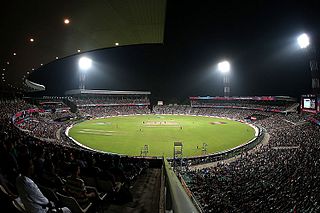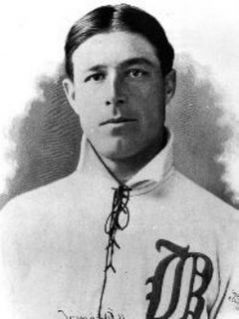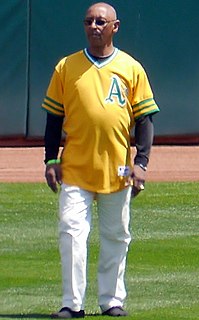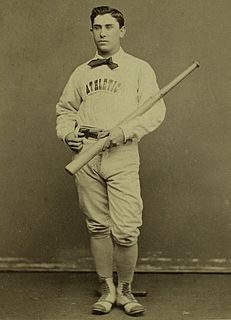This article needs additional citations for verification .(October 2010) (Learn how and when to remove this template message) |
Average and over, often abbreviated A&O, refers to two baseball statistics used in the 1850s and 1860s by the National Association of Base Ball Players. They referred to a player's average performance over a number of games, and were among the first baseball statistics ever reported and tracked. The term and the reporting method were borrowed from cricket.
Baseball statistics play an important role in evaluating the progress of a player or team.
The National Association of Base Ball Players (NABBP) was the first organization governing American baseball. The first convention of sixteen New York City area clubs in 1857 practically terminated the Knickerbocker era, when that club privately deliberated on the rules of the game. The last convention, with hundreds of members represented only via state associations, provoked the establishment of separate professional and amateur associations in 1871. The succeeding National Association of Professional Base Ball Players is considered the first professional sports league; through 1875 it governed professional baseball and practically set playing rules for all. Because the amateur successor never attracted many members and it convened only a few times, the NABBP is sometimes called "the amateur Association" in contrast to its professional successor.

Cricket is a bat-and-ball game played between two teams of eleven players on a field at the centre of which is a 20-metre (22-yard) pitch with a wicket at each end, each comprising two bails balanced on three stumps. The batting side scores runs by striking the ball bowled at the wicket with the bat, while the bowling and fielding side tries to prevent this and dismiss each player. Means of dismissal include being bowled, when the ball hits the stumps and dislodges the bails, and by the fielding side catching the ball after it is hit by the bat, but before it hits the ground. When ten players have been dismissed, the innings ends and the teams swap roles. The game is adjudicated by two umpires, aided by a third umpire and match referee in international matches. They communicate with two off-field scorers who record the match's statistical information.
The basic statistic was presented as a whole number (the "average") and a remainder (the "over").
Average and over (runs) was the average number of runs a player scored per game, expressed as a whole number and a remainder. If a player scored 29 runs in nine games, his average runs per game would be three, with two left over. This would be written as 3,2.

In baseball, a run is scored when a player advances around first, second and third base and returns safely to home plate, touching the bases in that order, before three outs are recorded and all obligations to reach base safely on batted balls are met or assured. A player may score by hitting a home run or by any combination of plays that puts him safely "on base" as a runner and subsequently brings him home. The object of the game is for a team to score more runs than its opponent.
Average and over (hands lost) was the number of times a player was called out, divided by the number of games he played, once again expressed as a whole number and a remainder. If a player was called out 17 times in eight games, his average and over for hands lost would be 2,1.

In baseball, an out occurs when the umpire rules a batter or baserunner out. When three outs are recorded in an inning, a team's half of the inning, or their turn at batting, ends.
When statistics for hits and total bases were introduced in 1868, their totals were expressed in the same way.

In baseball statistics, a hit, also called a base hit, is credited to a batter when the batter safely reaches first base after hitting the ball into fair territory, without the benefit of an error or a fielder's choice.
In 1870, most teams began presenting these statistics in decimal form. Continuing the examples above, the player with 29 runs in nine games would have this reported as an average of 3.22 Runs per game. The man called out 17 times in eight games would have an average Hands Lost of 2.12.












